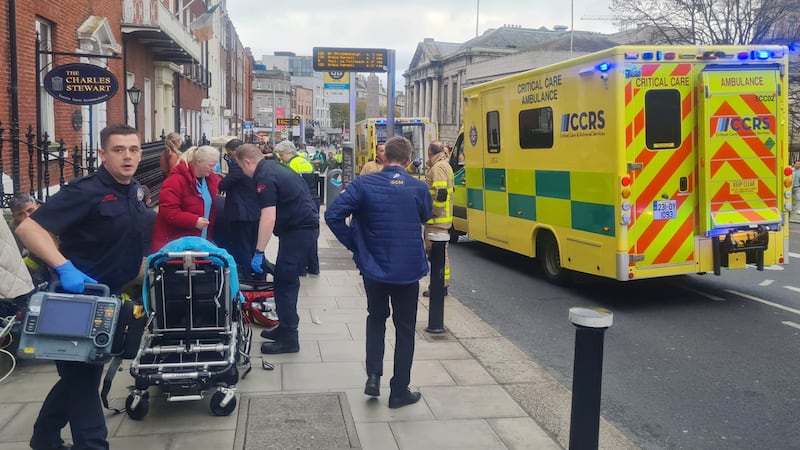Minister for Children Katherine Zappone has published the terms of reference for an examination of legal options regarding DNA sampling in connection with the former mother and baby home in Tuam.
Last month, members of the Tuam Home Survivors Network called on the Government to begin collecting their DNA to eliminate any delay in returning human remains found on the site to relatives for dignified burials.
The terms of reference request the Government's special rapporteur on child protection Dr Geoffrey Shannon, in consultation with the Minister's officials, to consider what may be possible within the current legislative framework.
His examination is to have particular reference to “the collection of biological samples for comparison purposes and the extent to which any relevant family rights under Article 8 of the European Convention on Human Rights might apply”.
It will also have regard to “how best to ensure that the rights of those who wish to give biological samples could be safeguarded in respect of sensitive personal data and informed consent”.
The survivors’ group called on Government to begin collecting their DNA samples immediately in light of the age profile and health status of survivors.
Ms Zappone said the purpose of collecting samples would be to compare against any DNA profiles which may be generated from the juvenile human remains found at the site and, if possible, to make positive identifications.
“These issues will ultimately be addressed within the bespoke legislation that is currently being scoped by my department. However, I am very sympathetic to the concerns of survivors that their ages and health profiles introduce an element of urgency,” the Minister said.
“Dr Shannon will consult with my officials in the course of his work and provide a report to me within eight weeks.”
Ms Zappone alson confirmed on Wednesday that a geophysical survey had been completed at the site of the former Sean Ross Abbey mother and baby home in Tipperary.
The Sisters of the Sacred Heart of Jesus and Mary, Sean Ross Abbey and Bessborough, handed over death registers for the homes to the HSE in 2011.
In the case of Sean Ross Abbey, the register lists 269 deaths between 1934 and 1967.
Galway historian Catherine Corless gathered death certificates for 796 infants linked to the Tuam home.
In March 2017, the Mother and Baby Homes Commission of Investigation confirmed the discovery "significant quantities" of human remains in disused septic tanks in Tuam.
Remains were found in at least 17 of 20 underground chambers that formed part of a “large structure” which appeared to be related to the treatment of sewage or waste water. A small number of remains were recovered for analysis.
The commission said these remains involved a number of individuals who had died at ages ranging from approximately 35 foetal weeks to 2-3 years.
Radiocarbon dating of the samples recovered suggested that the remains dated from the timeframe relevant to the operation of the home between 1925 and 1961. The commission said a number of the samples were likely to date from the 1950s.
The commission at the time said it was “shocked” by the discovery and was continuing its investigation into who was responsible for the disposal of human remains in this way.









